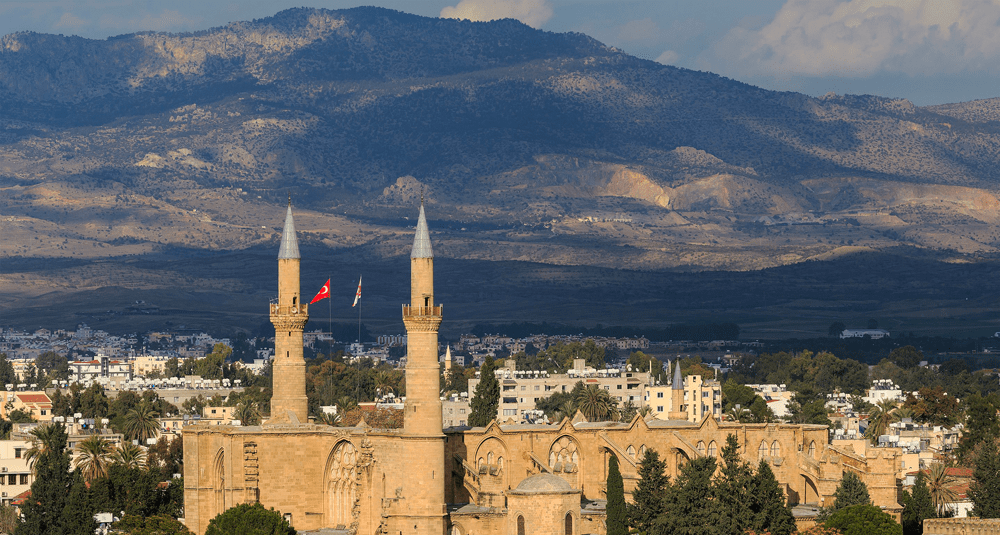What is the capital of the Republic of Cyprus?
Last Updated:
The capital of the Republic of Cyprus is Nicosia, a city unique in Europe for its geopolitical situation. Indeed, it is the only capital on the continent still divided into two parts: an area controlled by Greek Cypriots to the south, and an area administered by the Turkish Republic of Northern Cyprus (TRNC) to the north, an entity recognized only by Turkey.
Nicosia, called Lefkosía in Greek and Lefkoşa in Turkish, is a city that has played a key role in the history of Cyprus. Occupied successively by the Byzantines, Venetians, Ottomans and British, it became the island’s official capital in 1878, when Cyprus was under British administration. Since Cyprus’ independence in 1960, it has remained the country’s political, economic and cultural center.
The division of Nicosia dates back to 1974, when Turkey invaded the north of the island in response to a coup d’état aimed at attaching Cyprus to Greece. This intervention led to the separation of the island into the Republic of Cyprus, with a Greek majority, and the Turkish Republic of Northern Cyprus, recognized only by Ankara.
Since then, the UN-controlled Green Line has crossed the city, separating the two communities. This border, which runs through the center of Nicosia, is a demilitarized zone under UN supervision. For several decades, it was completely closed, but in 2003, crossing points were opened to allow Cypriots on both sides to move around more freely.
Despite its division, Nicosia is a modern, prosperous city. It is the political and economic center of the Republic of Cyprus, and home to the seat of government and major institutions. Its economy is based on the financial sector, trade and tourism.
The city is also a major academic center, with renowned institutions such as the University of Cyprus and the European University of Cyprus. Its dynamism attracts students, entrepreneurs and expatriates alike.
Nicosia boasts a rich historical and cultural heritage, reflecting its eventful past. Must-see sites include :
- The Venetian ramparts, built in the 16th century, which surround the old town;
- The Cyprus Museum, which houses archaeological collections tracing the island’s history;
- Saint John’s Cathedral, a 17th-century Baroque building;
- Selimiye Mosque, formerly the Cathedral of Saint Sophia, transformed under the Ottoman Empire.
The lively streets of Ledra, in the south of the city, offer a mix of tradition and modernity, with local markets, typical cafés and trendy boutiques.
For several decades, negotiations have been underway in an attempt to reunite Nicosia and Cyprus as a whole. Although several plans have been put forward, discussions remain complex due to political differences and regional issues. However, exchanges between the Greek Cypriot and Turkish Cypriot communities are now more numerous, and the city continues to evolve with the hope of a peaceful future.
Nicosia, capital of the Republic of Cyprus, is a fascinating city, at once a witness to a tumultuous past and a beacon of hope for a future shared by its two communities.
You may also be interested in
geography

What is the capital of the Republic of Cyprus?
Answer
The capital of the Republic of Cyprus is Nicosia. It is the only European capital still divided, separating the Greek and Turkish parts of the island.